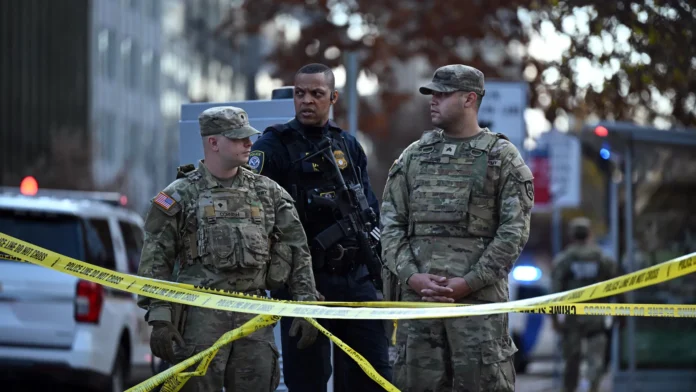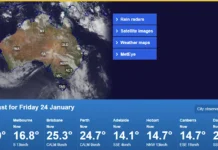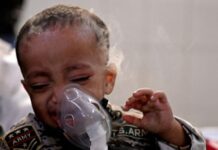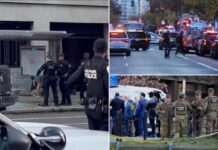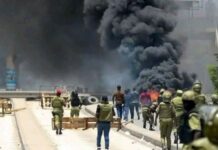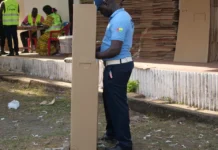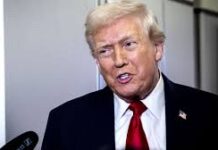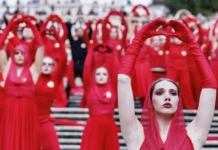Two National Guard soldiers from West Virginia are in critical condition after a “targeted” shooting less than two blocks from the White House. The alleged gunman, identified by the Department of Homeland Security as Afghan national Rahmanullah Lakamal, was shot and subdued at the scene by other Guardsmen who responded to the gunfire.
The attack occurred around 2:15 PM EST on Wednesday near the Farragut Square Metro Station, a busy downtown Washington D.C. intersection. Metropolitan Police described it as an ambush, with the suspect rounding a corner and immediately opening fire on the soldiers during a high-visibility patrol.
Political Fallout and Immigration Debate
The incident ignited immediate political repercussions. President Donald Trump, speaking from Florida, labeled the suspect an “animal” and vowed he would “pay the steepest possible price” for what he called an “act of terror.” He directly linked the attack to U.S. immigration policy, announcing a halt to the processing of all Afghan immigration requests and calling for a re-examination of every Afghan admitted under the special protections following the 2021 withdrawal.
Heroic Response and Ongoing Investigation
Law enforcement officials praised the swift action of fellow National Guard members who, upon hearing the gunshots, intervened and held the suspect down until police arrived. The suspect was shot four times during the confrontation and is reportedly not cooperating with authorities. The FBI is leading the investigation, though a motive remains unclear.
In response to the attack, Defense Secretary Pete Hegseth announced the deployment of an additional 500 National Guard troops to the capital, stating it would “stiffen our resolve” to secure the city. The shooting caused temporary flight groundings at Reagan National Airport and sent panic through the busy lunchtime crowds, with witnesses describing people running for cover and the chaotic aftermath on the streets.
By James Kisoo









